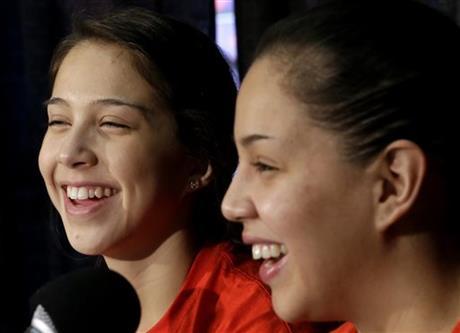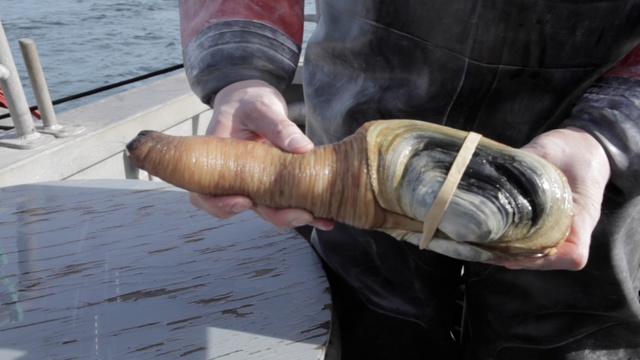![]()
By Sarah Moses | smoses@syracuse.com
on March 27, 2014 at 11:00 AM, updated March 27, 2014 at 11:02 AM

Nedrow, NY — A bone marrow drive will be held Saturday in Nedrow in an effort to find a match for a 14-year-old Northern New York girl who is fighting for her life as she waits for a bone marrow transplant.
Alyson Stiles is battling acute lymphocytic leukemia and finding a bone marrow match has been difficult because Stiles is part Native American.

Stiles’ best chance for finding a match would come from a person with Native American ancestry, said Paula Miller, of the William G. Pomeroy Foundation, who organizes local bone marrow drives.
It is very difficult for Native Americans to find matches because there are so few Native Americans donors registered. Miller said there are 10 million registered donors, but only one percent are Native American.
In 2010, a bone marrow drive was held on the Onondaga Nation to find a match for a Cazenovia teen who is part Native American. More than 50 Native Americansjoined the registry during the drive. Miller said those potential donors will remain on the registry until they are 61 years old, but more donors are needed.
The bone marrow drive will be held from 9 a.m. to 1 p.m. at the Nedrow Fire Department, which is located at 6505 S. Salina St., in Nedrow. The bone marrow drive is in honor of Stiles, but potential donors of all racial backgrounds are needed to join the registry, Miller said. Thousands of patients on the Be the Match Registry are searching for a match.
Potential donors must also be willing to donate to any patient in need, not just Stiles, Miller said.
Stiles and her family are staying at the Ronald McDonald House in Syracuse as she receives treatment at Upstate Golisano Children’s Hospital. Stiles was diagnosed with leukemia when she was a toddler. The cancer returned when Stiles was 11 and again recently. Stiles has been sick most of her life.
To be a donor, volunteers must be between 18 and 44 years old and have no history of heart disease, cancer, diabetes or HIV. The collection kit is performed by swabbing the inside of the cheek.
“It’s not painful,” Miller said. “We don’t draw blood. It’s just a quick swab to the inside of your cheek.”
To learn more about the donation process, visit the Be The Match website. For more information about the bone marrow drive in Nedrow, call Paula Miller at 476-3000, ext. 2576.
The bone marrow drive is sponsored by the William G. Pomeroy Foundation and in collaboration with the Nedrow Fire Department, Onondaga Nation Fire Department and Ronald McDonald House Charities of Central New York.
Sarah Moses covers the northern suburbs of Onondaga County and Oswego County. Contact Sarah at smoses@syracuse.com or 470-2298. Follow@SarahMoses315









